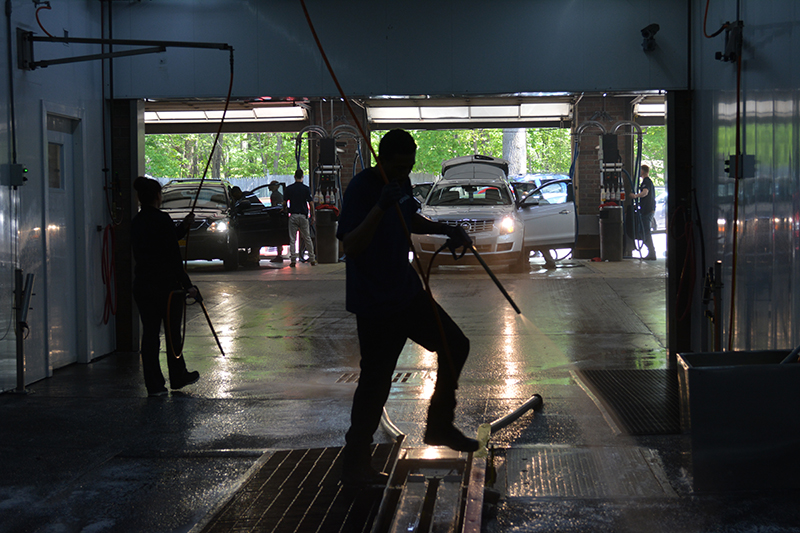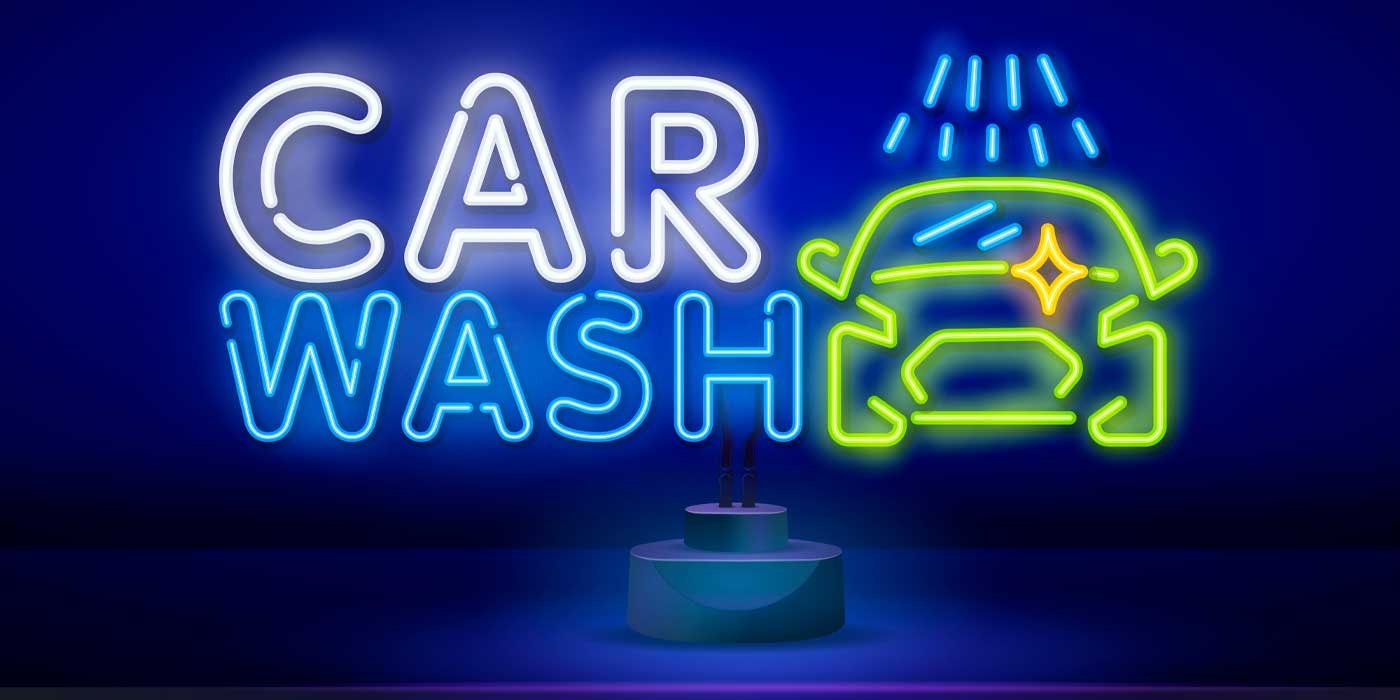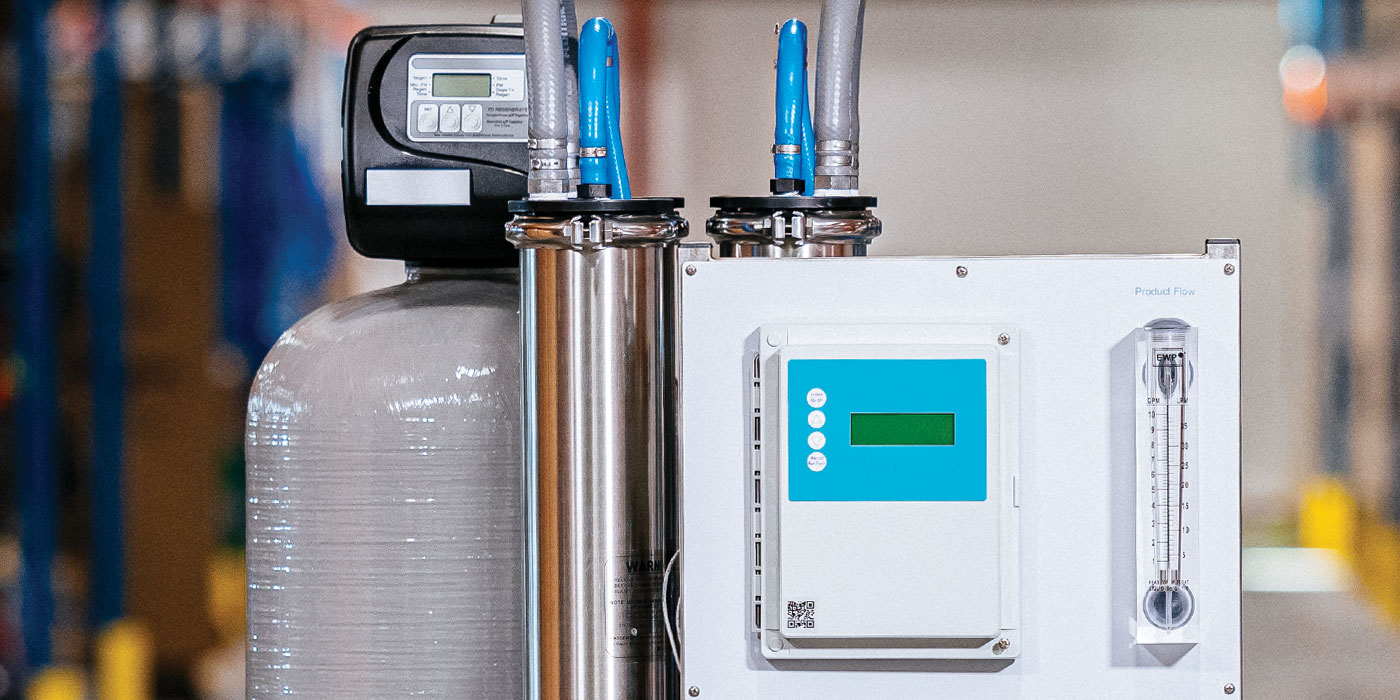We need to hire someone.
What words and phrases do you and your team immediately associate with that sentence? The ones that first come to mind may have a significant influence on how well or how poorly your organization attracts working talent. If such comments as “hard,” “stressful,” “Back to square one” or “Ugh, here we go again” come to mind, you are not alone.
According to the U.S. Bureau of Labor Statistics, the official unemployment rate in the country is, at the time of writing this article, a tight 4.3 percent — the lowest it has been in 16 years. However, this statistic is counter-balanced by a simultaneously decreasing Labor Force Participation Rate (LFPR) — the percentage of people who can work and are working — which is now down to a paltry 62.7 percent. The LFPR has not consistently been this low since the inflation-driven and gas-starved economies of the late 1970s. How can this be?
The answer is in how the federal government does not count those individuals who have gone on unemployment and retained it for the full 99-week term. Once a person has collected unemployment benefits for the full term, he or she is no longer counted. That person just disappears from the workforce and government statistics, although he or she is still (hopefully) looking for work. These conflicting hiring trade winds can confuse and discourage any owner or manager.
The good news is that getting good at finding the right employees is one of the few areas in which a business — any business — can differentiate itself from its competition. To do so, however, takes more than simply posting a “Help Wanted” sign in the window and hoping for the best. What is required is a strategy, a system and skills to keep your prospective employee pipeline full.
This article highlights the six keys that you must use to build your bench strength as well as a summary of each to help you modernize and maximize your recruiting efforts.
Related: Infographic: 6 keys to building a strong carwash team
Build an “attractor’s” mindset
Most companies only begin looking for employees when they have a need to hire, which leaves them vulnerable to unexpected employee changes. Further, once the need is identified, these companies will often rely solely on passive recruiting measures that inform the public, hoping an employee prospect will find them.
Only informing in an ad is a big mistake when quality frontline workers are in such demand for all service industries. Carwashes are not only in competition with other carwashes for talent. They are also in competition with restaurants, coffee houses, chain stores and other automotive sectors whose leaders also desire to hire that talent. Winning companies will move away from a “sporadic, passive, information-oriented” recruiting mindset to one that is “perpetual, proactive and sales-oriented.”
Ads written to attract new employees need to contain more than just the job specifics; they need to include all the benefits a person will enjoy while working for your company. As shown later, this needs to include “soft benefits” as well as hard, financial ones.
Use a non-linear approach
Surprisingly to most people, many business owners as well as managers who demonstrate considerable creativity and innovation do not do so when it comes to their recruiting efforts.
If a tactic has worked once or multiple times in the past, they will doggedly hold fast to the same strategy even though it has long since stopped bearing fruit.
In speaking with hundreds of carwash managers over the years, we have found that those who employ an array of recruiting strategies stay ahead of the game and avoid getting caught in crisis-hiring situations. If writing Craigslist ads has worked historically, keep doing it … but avoid doing just that.
Instead, employ other methods simultaneously, such as enhancing or recommunicating an employee-referral program, or having managers keep recruiting business cards in their vehicles for those unexpected times when they run into a great candidate who could make the team stronger.
Create employee referral partners so you can expand the number of eyes looking for prospective talent. Avoid the recruiting rut. Choose four or five strategies that will increase the overall number of applicants, which will invariably lead to better hires and better productivity from existing team members who are kept on their toes as they see others applying who desire work.
Create a Unique Recruiting Proposition
Avoid just posting a company job opening — sell it. Carwashes are great places to work. The work is honest, healthy for the environment and fast-paced. Most jobs in a carwash help a person stay physically fit, unlike other, more sedentary desk positions. Employees meet and work with all kinds of people, which helps build valuable communication skills.
The carwash industry is stable (notwithstanding weather influences) and growing, unlike the retail sector which is struggling to survive. A case in point is RadioShack, the iconic retail brand that has been in business for 96 years, which recently announced the planned closing of nearly 1,000 stores. Further, carwash operators across the U.S. and Canada routinely drive fundraising efforts for local churches and schools and provide millions each year in cash and service donations to charities, youth programs, police departments and fire stations. Carwash entrepreneurs are quality people taking care of quality people.
Most of these positive company attributes, however, are hardly ever mentioned in an employee ad. Recruiters should take inventory of and express some of these soft, non-financial benefits a person will gain in addition to the financial ones. Adding these distinct added values will create a Unique Recruiting Proposition that not only offers but sells every job opening as one from an employer of choice.
Pursue traditional job board applicants
Of course, any new hire sourcing effort would not be complete without mentioning traditional job boards like Monster.com, CareerBuilder.com and Indeed.com. These companies’ well-known and easy-to-use online portals make posting and finding resumes in cyberspace a snap. The extra dollars a company spends with these aggregators may be offset by the considerable time saved using the cumbersome searching and hunting for people through alternative means. Although pricey, they are a quick fix for many companies looking to hire.
Also, online job posting companies like Indeed.com allow employers to not only post their positions but also to search their extensive body of resumes for individuals who may fit the job profile but have not seen their postings.
Emailing these job-seekers directly can be an inexpensive way to leverage the power of these portals without paying the monthly retainer. Savvy recruiters will also look to non-traditional online sources, such as Glassdoor, Facebook, LinkedIn and even local boards that promote the hiring of people in particular ethnic or religious groups.
Create a talent finder toolbox
Imagine an owner asking a frontline manager to measure his or her carwash statistics each day by hand to ensure each car is clean without reordering or providing any chemicals, or to run high car counts with a recurrently broken conveyor. One word sums up expecting such results in those circumstances: ridiculous. Leaders in many companies fail to equip their frontline managers with the recruiting tools necessary to successfully and consistently lure and land new, quality employees. Here are a few that will better arm your team:
- Business cards. These should be in every manager’s and owner’s vehicle. These cards, which can note something like “You impressed me” and include a free basic carwash, are a natural conversation starter when you run into those elusive people who can upgrade your team.
- Magnetic vehicle signs. Magnetic signs temporarily affixed to an owner’s, company’s or employee’s vehicle while positions are open can get the word out quickly. The added local brand marketing one gains is an added value.
- Referral partner PowerPoint/video. This tool can either be presented in person to other professionals who encounter prospective employees, be sent via email or be housed on a particular page on your website. The PowerPoint/video should be kept to no more than seven slides and under five minutes. Remember, people who will see it have a micro-attention span. It should proclaim the vibrant scale and environmentally friendly nature of the industry as well as the hard and soft benefits of the position, and it should cite the company’s charitable givings, which demonstrate the company’s goodwill toward the community.
- On-lot, removable frame signs. These signs are a quick and non-intrusive way to let your thousands of customers each month know you are looking for new team members. Be sure to remove them though when you fill your team slots so it does not appear that you cannot retain good people.
- Employee referral program with tenure-driven payouts for successful hires. The key here is to avoid only putting out an announcement of the program. Proactive managers will individually meet with each employee to explicitly communicate the incentive and hiring need. Meeting with each employee to discuss the recruiting need creates action and expectation. Most managers who install employee referral programs “set it and forget it” and fail with them for doing so. Often, the lack of productivity from an employee referral program is not due to the inadequacy of the program — it is due to the passive approach taken by the manager deploying and leading it.
Employ a full-court press
In basketball, an effective full-court press defense puts pressure on the opposing offense by moving personnel forward to challenge every ball movement up the court before it reaches the scoring zone. When properly executed, the offensive team encountering the intense defensive pressure makes mistakes and turnovers, which result in new scoring opportunities for the team applying the press.
In this case, a well-orchestrated defense creates offense. The key though is having skilled personnel in those defensive positions who know where to go, what to do, what their roles are and how to be relentless in their pursuit of the ball. If a team does not fit all of those pieces together, the pressure defense will be easy to bypass and end in effortless scoring for the opponent.
The same holds true for finding great talent. A leader can provide a robust portfolio of tools, but they are useless if not combined with managerial skills training on how to use them. It is critical for anyone involved in recruiting to have a 20- to 30-second elevator pitch that describes the unique advantages of working for his or her company. Just as carwash equipment and tools do not manage and produce clean cars themselves, the same holds true for recruiting pieces, no matter how strong or creative they are. People need to leverage the tools for success.
In conclusion, the best operators do not approach new talent acquisition with contempt, perceiving it as drudgery or a “necessary evil.” They understand that sculpting a peak-performing team requires vision, planning, artistry and constant, targeted effort. They also know that upward change is healthy and that great people are out there, but they understand that the best are probably already employed, so a passive approach will not draw them. This recognition is the first step to building a recruiting powerhouse, which is a stark competitive advantage and critical in any industry where people are half of the product.
Chris Brown is founder of Myrrh Consulting, a performance management fi rm that has helped business owners and managers in over 100 carwashes improve profits by developing their existing personnel and profit-building strategy. For questions, a complimentary consultation or speaking requests, contact him at [email protected] or 1-844-MORE-REV.
Check out our recent video interview with the author of this article, Chris Brown of Myrrh Consulting, below.














